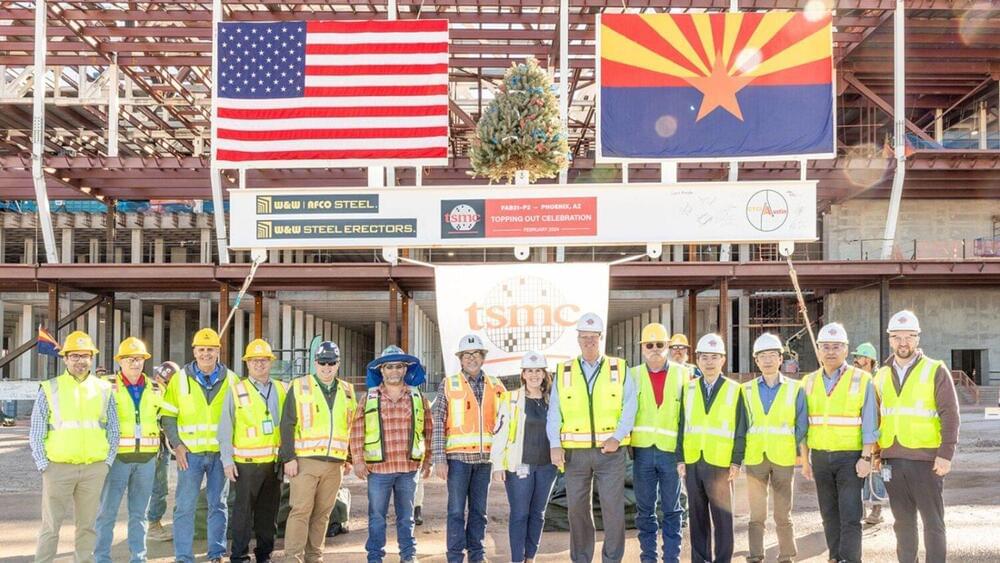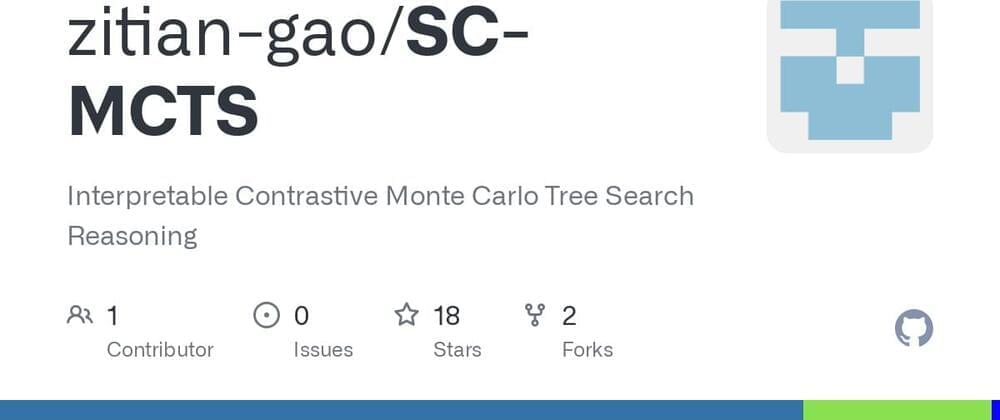This behavior is driven by quantum entanglement, a phenomenon where the fates of individual electrons become intertwined.
Scientists have developed theoretical models describing quantum spin liquids for many years. However, creating these materials in a laboratory setting has been a challenge.
This is because, in most materials, electron spins tend to settle into an ordered state, similar to the alignment seen in conventional magnets.





